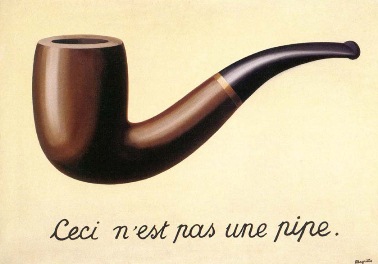The Teaching Channel recently published four videos which describe much of the work I do with teams of teachers in a project known as Accessing Algebra Through Inquiry (or a2i for short). One of the primary objects of the a2i project is to build the capacity of school-based teams of teachers working collaboratively to improve their practice and make evidence based choices about their instruction. In other words, a primary objective of our project is to change how teachers collaborate and increase their opportunities to learn about their practice.
One thing I do is help facilitate a meeting at a school, with the objective of working through an inquiry cycle where we look at student work, identify a common problem of practice, unpack what the probable models the students are using to think about this particular area of mathematics, and then decide together as a team on an intervention for the teacher’s group of students. Next the teacher implements the strategy, and we study the resulting student work to see if the intervention worked.
These two videos describe the inquiry process in more detail.
Another portion of my work is individual coaching of teachers. I work with teachers where I typically observe their classes, usually focusing on a particular aspect of the lesson. During this time, I gather information about what strategies the teacher employed, and how these strategies played out with the teacher. Sometimes I model a particular strategy with a teacher, and occasionally I rehearse a strategy with them, particularly if they have never used it before.
After the lesson is over, or sometimes before the lesson, I meet with the teacher and we discuss instructional strategies for their students. Sometimes we discuss classroom management strategies, sometimes we discuss the core mathematical content of a unit, sometimes we look at different instructional strategies, and sometimes I reflect back to the teacher the questions they asked, and we discuss the impact of these questions.
Here is a short clip from an individual coaching session between a former colleague of mine, Xiomara Gonzalez and one of the teachers in our project, Anna Tabor.
One of the most important benefit of our project is that we are providing a structure through which teachers get more feedback on their work when they collaborate with other teachers, and at the same time, get feedback from an instructional coach.
Here is a video that explains the impact of the feedback Anna receives from her colleagues, and from the work with her instructional coach, Xiomara.
It has become clear to me that large, impersonal conferences, workshops that are disconnected from teacher practice, courses which overly focus on the theoretical, and spaghetti-style professional development (throw the PD at the teachers and see what sticks) are not accomplishing their objective; getting teachers to reflect on their teaching right now, with this group of students. This process of inquiry that we are working as a team of instructional coaches to implement in our schools is designed to give teachers peer feedback on their teaching, and to help them grow and improve their skills while still connecting this learning directly to the work teachers do with their students.
Note: If you can’t see the videos above (because this post is in your email or your RSS feed reader), you can view them here.
